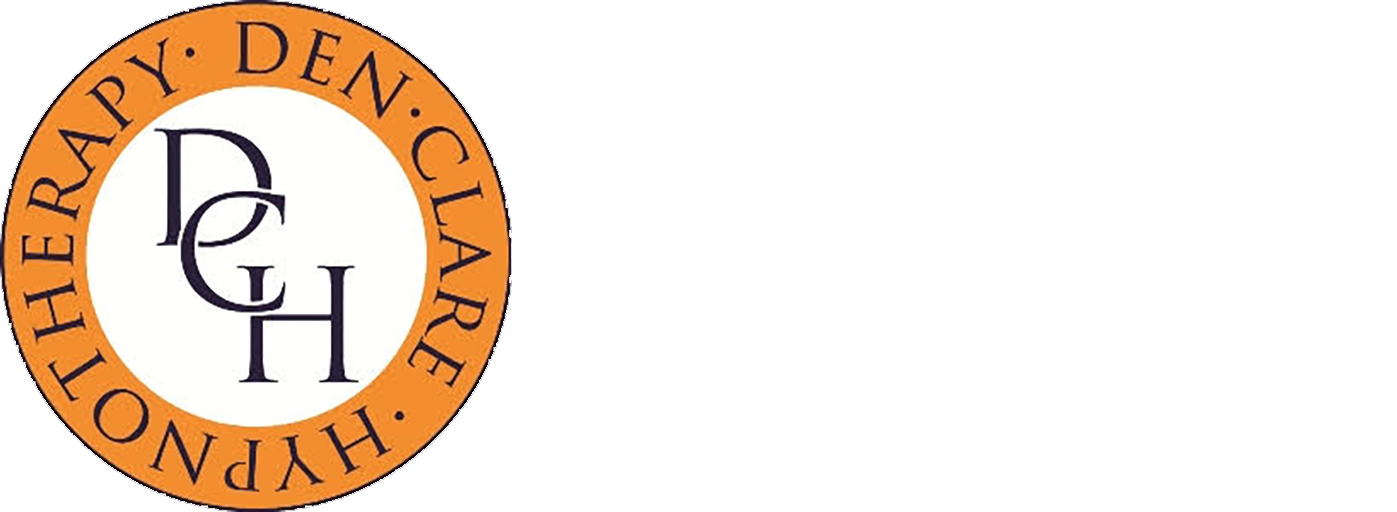Cognitive Behavioural Therapy + Hypnotherapy = COGNITIVE BEHAVIOURAL HYPNOTHERAPY (C.B.H.)
Cognitive Behavioural Therapy (C.B.T.) combined with Hypnotherapy is known as Cognitive Behavioural Hypnotherapy (C.B.H.) and can be particularly powerful as it is based on scientific principles and is a collaborative talking therapy which can treat a wide range of emotional and physical health conditions.
It involves a series of regular sessions of between 6 and 20 weeks, each session of up to an hours duration, using questionnaires and work sheets within a therapeutic alliance and with “homework” playing an important part in the development of treatment. Homework helps to question self critical thoughts and replace them with more helpful and positive ones. It is a key component in recognising negative patterns and stopping destructive behaviour and requires commitment!
Discussion about homework is a part of the procedure and a step towards practising the new skills and applying them to daily life. By practising the new strategies they become available for use when needed. It is not a “quick fix” but a means to change previously believed “reality”.
Learning how to overcome negative thoughts and unhelpful behaviours and control negative emotions and become more aware of how your reasoning processes work, and to control them, is the aim. Sessions deal mainly with present time, the “here and now”, not necessarily past conditioning. Although it can be interesting and partially relevant, to know from whence anxiety stems, just knowing why you have anxiety problems, is often not enough to help manage the anxieties themselves.
The treatment can be effective with adults, young people and children from the age of about six years and helps uncover and alter distortions of thought and perceptions which may be causing or prolonging psychological distress. It aims to help understand how problems began and what keeps them established and is very effective at helping people to move away from unhelpful ways and old habits and emotions. To link the way you think (thoughts, beliefs and assumptions – COGNITIVE) and how you feel (emotions) and what you actually do (BEHAVIOUR).
It is particularly helpful in dealing with issues of low self esteem, depression, anxiety disorders, phobias, abuse issues, chronic fatigue, sleep difficulties, anger management and addictions, for example. And can be used as a complement to medication supplied by a G.P., not in place of it.
Overwhelming problems can be broken down into smaller parts, starting with a situation, then looking at thoughts, emotions, physical feelings and actions. How one thinks affects how one feels and produces a response, that is the trail we follow.
We will be looking at assessment, formulation, intervention and evaluation and learning how to change thoughts (cognitions) and actions (behaviours). Goals will be set from the first session, using the SMART procedure, that is that they are Specific, Measureable, Achievable, Relevant and Time based. Progress will be tracked as treatment progresses, basically looking at how you view yourself, the world and other people. Dealing with the effect of your thoughts on your actions as it is not necessarily always the negative events that cause emotional upset but the thoughts and beliefs about the event – personal perception!
I have qualified with the Adam Eason school as a Cognitive Behavioural Hypnotherapist and the Minnesota Institute of Advanced Communication Skills as a Cognitive Behavioural Coach. I have been in practice since 1980.
